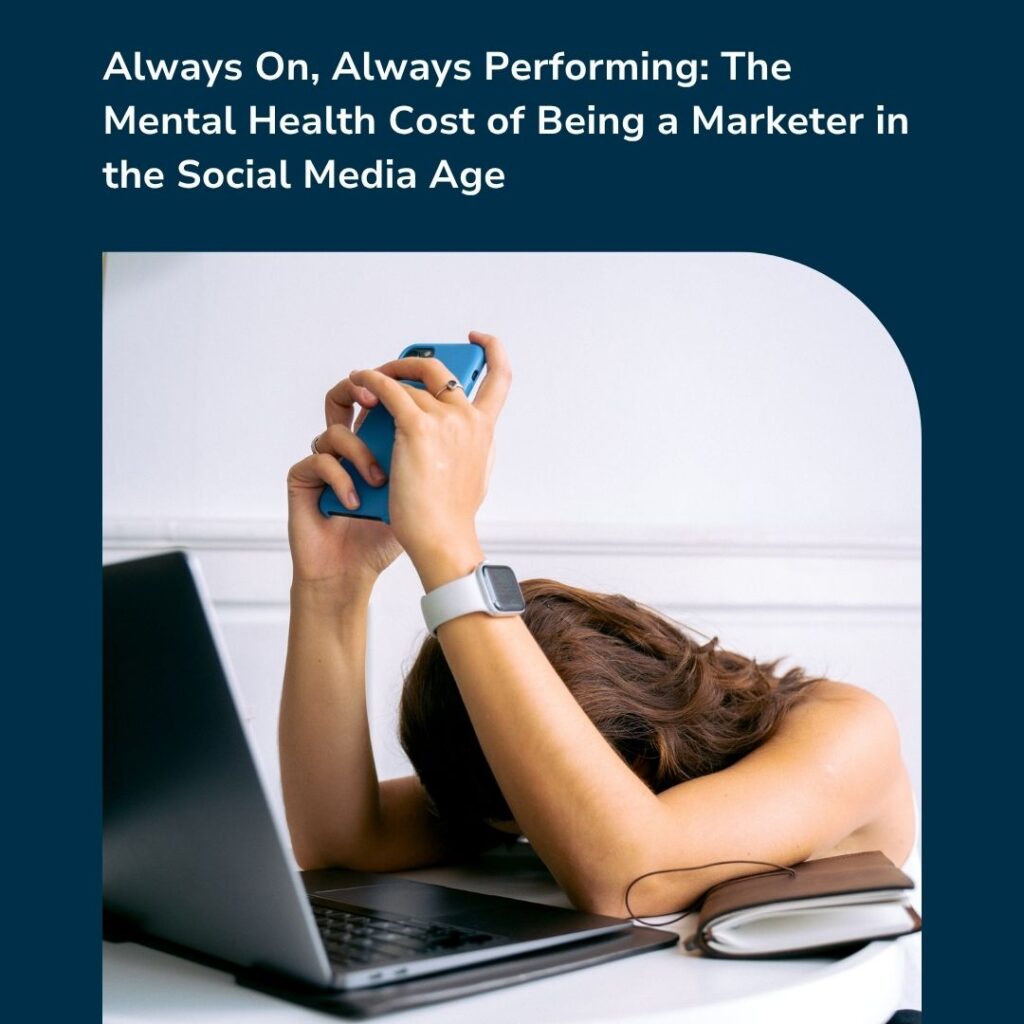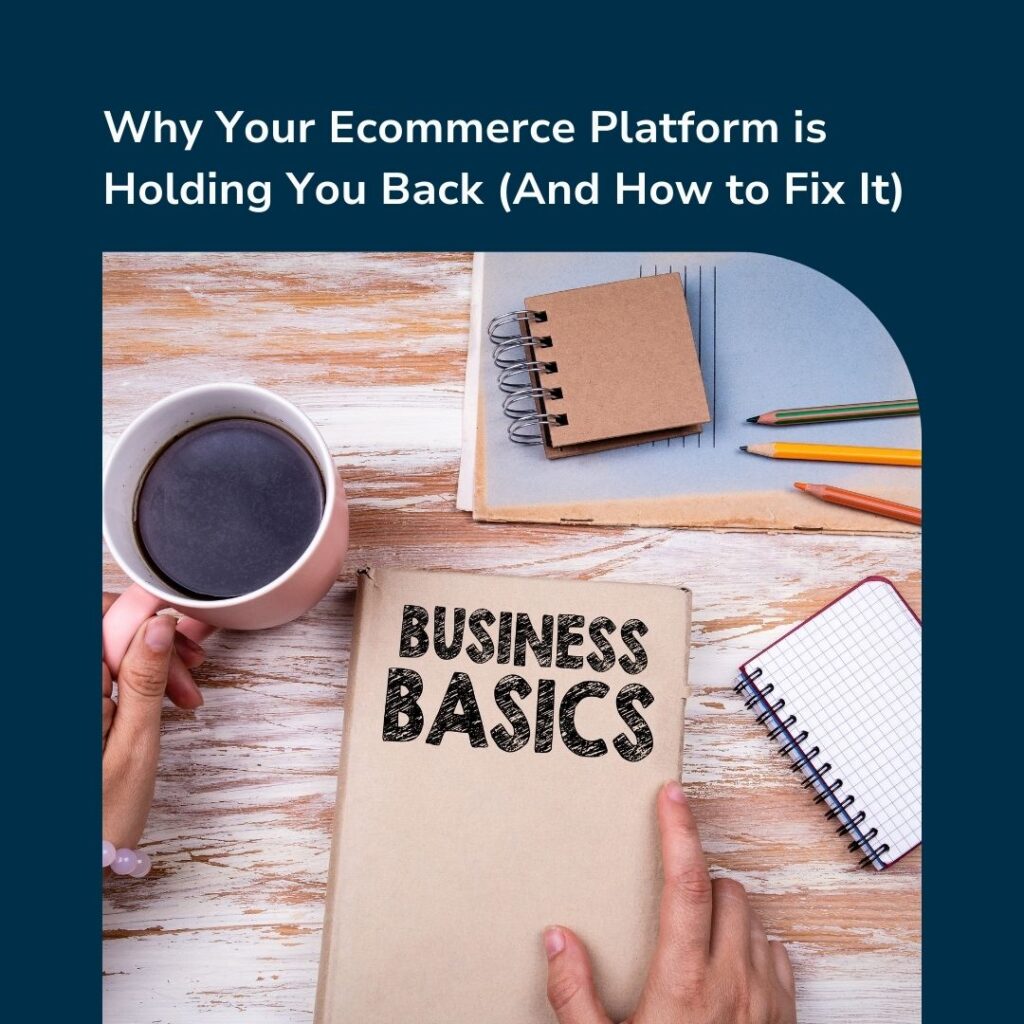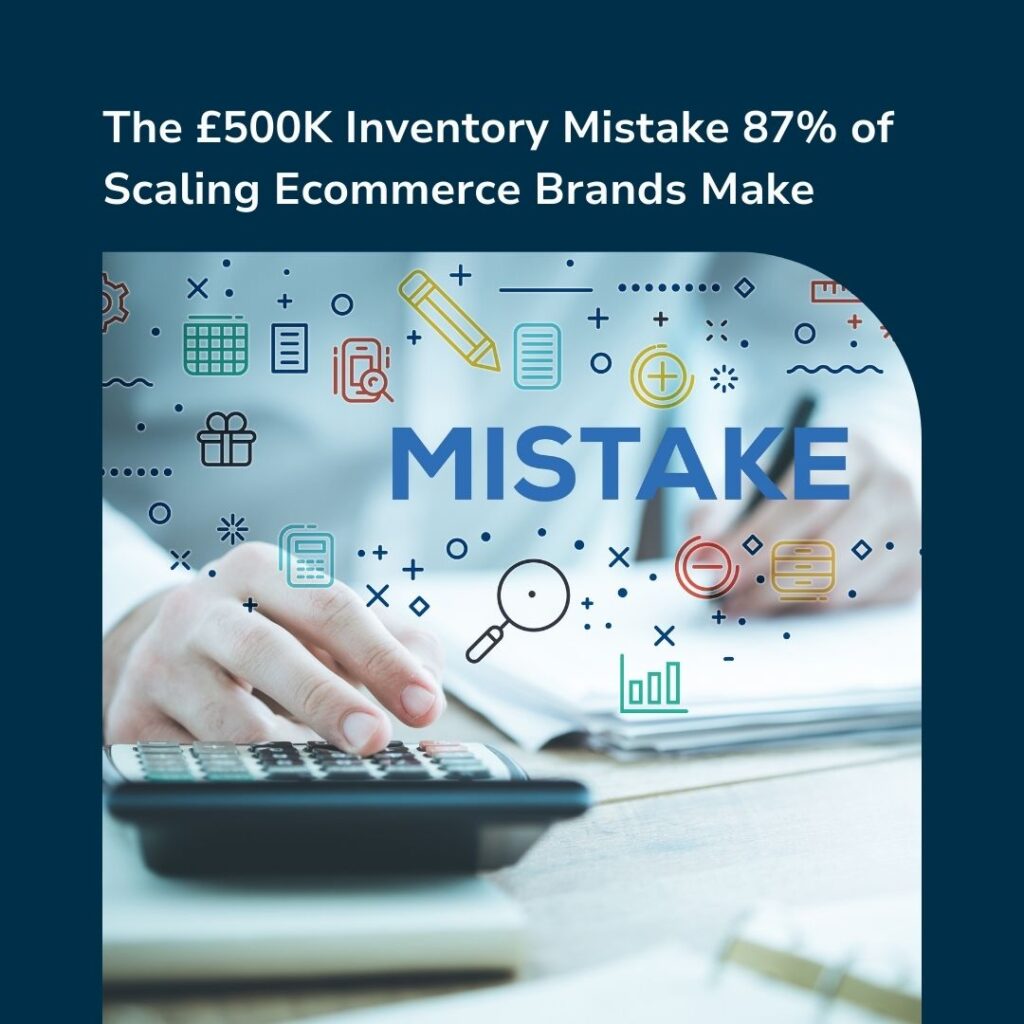In today’s hyper-targeted digital landscape, it’s easy to fall in love with performance marketing. The dashboards, the data, the dopamine — all pointing to instant gratification: clicks, conversions, cost per lead. But while performance might close the sale, branding is what earns you a seat at the table in the first place.
This is where many businesses get it wrong. They optimise relentlessly for the short term, starving the brand of oxygen. But without a strong brand foundation, even the best-performing campaigns can stumble.
Let’s unpack why branding and performance marketing aren’t rivals — they’re a power couple.
The Misconception: Why Brand Building Gets Overlooked
Performance metrics are seductive. They’re real-time, measurable, and tied directly to ROI. Every marketer can point to a campaign and say, “Look what we did.”
By contrast, brand building is a slow burn. It doesn’t spike your analytics dashboard overnight. It doesn’t promise an immediate return. And because of that, it often slips down the priority list.
But here’s the catch: when performance campaigns are built on a brand no one knows — or worse, no one trusts — they underdeliver. You might get clicks, but not conversions. Interest, but not intent. Awareness without affinity.
Branding is the silent partner in every great performance campaign.
Case Study: Credit Cards – Amex vs an Unknown Brand
Imagine this scenario: Two identical Google Ads, both offering “£100 cashback” on a new credit card.
- Ad A is from American Express.
- Ad B is from PayNow Credit, a fictional, no-name brand.
Which one do you click?
Almost every time, it’s Amex — not because the offer is better, but because the brand is familiar, trusted, and carries a story. You associate it with prestige, service, reliability. That mental shortcut — that trust — is the result of decades of branding: advertising, customer experience, storytelling, and consistency.
The unknown brand might be cheaper, newer, even technically better. But without that brand equity, it’s invisible.
The 3% Rule: Timing Is Everything
Only about 3% of consumers are actively in-market for any given product at any given time.
So what’s the point of shouting “Buy now!” to the 97% who aren’t ready?
That’s where branding comes in. It doesn’t push for a sale — it plants a seed. Through familiarity, emotional connection, and subtle cues, branding speaks to the 97% who are just living their lives. It ensures that when they do enter the market, your brand feels like the obvious choice.
As Rory Sutherland put it:
“People don’t choose what’s best. They choose what feels safest.”
Branding makes you feel safe, known, trusted, human.
Budgeting Smarter: The 60/40 Rule
Research from the IPA and marketing effectiveness experts Les Binet & Peter Field suggests a golden ratio for balancing brand and performance:
- 60% of your budget on long-term brand building
- 40% on short-term performance marketing
Why? Because brand investment builds mental availability and preference over time. Performance marketing then harvests that demand when people are ready to act.
In practice, though, many companies flip the ratio — spending 80% (or more) on performance and leaving brand as an afterthought. The result? A leaky funnel, where conversions become more expensive and growth plateaus.
Branding is a growth engine. Performance is the ignition.
Why Performance Needs Brand
Let’s make it simple:
- A good performance ad from a strong brand = trust + intent → conversion.
- A great performance ad from an unknown brand = scepticism + hesitation → wasted click.
Your ad might be perfect. Your targeting, impeccable. But without a known, trusted brand behind it, it’s fighting an uphill battle.
Brand multiplies performance. It’s not either/or — it’s additive. One builds demand, the other captures it.
Conclusion: Branding Does the Heavy Lifting
Performance marketing often gets the glory. It’s measurable, trackable, and easy to justify.
But branding? Branding does the heavy lifting in the background — shaping perception, building trust, and earning attention long before the customer ever clicks.
So here’s the takeaway:
Performance marketing gets the credit. Branding does the heavy lifting.
And if you want to win, you need both working in harmony.








